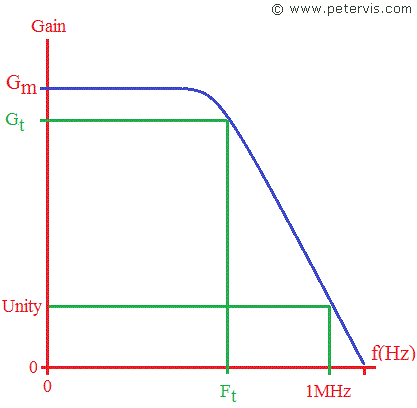

The amount of open-loop distortion contributed by a CFB amplifier is small due to the basic symmetry of the internal topology. The distortion of an amplifier is impacted by the open-loop distortion of the amplifier and the loop gain of the closed-loop circuit. The combination of higher bandwidths and slew rate allows CFB devices to have good distortion performance while doing so at a lower power. Limits only come about from parasitic internal capacitances and many strides have been made to reduce their effects. The basic CFB amplifier has no fundamental slew-rate limit. With a step input or overload condition, the current is increased (current-on-demand) until the overdriven condition is removed. It is not limited to any fixed value as is often the case in VFB topologies. The current that is available to charge the internal compensation capacitor is dynamic. Slew-rate performance is also enhanced by the CFB topology. Therefore, there is not the inherent balance between the inputs that the VFB circuit shows. The circuit is perfectly stable if the recommended feedback resistor of the correct value is used in place of the short.Īnother difference between the VFB and CFB amplifiers is that the inverting input of the CFB amp is low impedance. Obviously, in this case, the feedback resistor value will be less than the recommended value. You need to be careful of stray capacitances around the inverting input of the op amp for the same reason.Ī common error in using a CFB op amp is to short the inverting input directly to the output in an attempt to build a unity gain voltage follower (buffer). If a capacitor is used in the feedback loop, it reduces the feedback impedance as frequency is increased, which will cause the op amp to oscillate. AD8001 optimum feedback resistor versus packageĪlso, a CFB amplifier should not have a capacitor in the feedback loop.


 0 kommentar(er)
0 kommentar(er)
